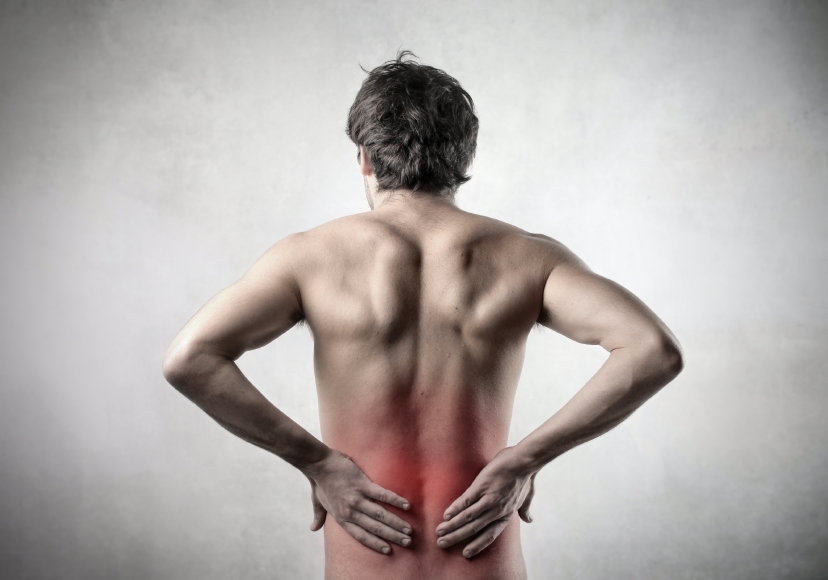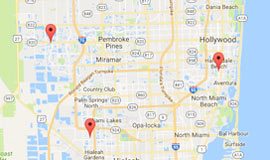 Do you have back injury?
Do you have back injury?
Often, there is no obvious reason for the pain.
It may flare up for no reason— ‘I just bent over to pick up my pencil, Doctor, and I couldn’t straighten up!’— and lasts for days or weeks.
According to the government website, Healthline, there are 33 possible reasons for low back pain, ranging from ankylosing spondylitis to kidney stones.
The back is complicated. After all, look at all it can do for you (when it’s healthy). Your spine allows you to stand, sit, walk, bend, twist, leap for a football catch or curl up with a good book. The vertebrae are like pieces of a puzzle that are locked together yet allow movement and flexibility. They are supported by muscles and ligaments and are linked to the brain and limbs by a network of nerves that carry orders from headquarters and transmit directions to the troops.
The government website, Healthline, gives 33 possible reasons for low back pain, from ankylosing spondylitis to prostate disease. Let’s start with A— ankylosing spondylitis. Chances are you never heard the term but it is a common one in orthopedic clinics such as ours.
Ankylosing spondylitis (AS) is unusual because it affects young men— although both males and females of any age can also be afflicted. AS is a form of arthritis that affects the bones— the vertebrae— in the spine, causing inflammation and stiffness. It starts with episodes of pain and stiffness and, if untreated, can eventually cause the vertebrae to fuse together. The patient might feel very stiff first thing in the morning, and then feel better after getting some exercise (or just moving around). The pain usually starts in the sacroiliac area where the pelvic bone meets the spine (the base of the spine near the top of the butt).
The fact that young adults are affected is a big red flag. Young people are not typical back-pain patients.
Distinguishing AS from common back pain
 Because there are many reasons for low back pain, it can be difficult to decide whether the condition is serious.
Because there are many reasons for low back pain, it can be difficult to decide whether the condition is serious.
Virtually every person in the United States will at some point in their lives report an episode of back pain.
AS is progressive (it gets worse over time) and while physical therapy and anti-inflammatory drugs (NSAIDs) can relieve symptoms, ultimately the patient may need surgery.
Other types of low back pain are benign (though that word may not describe what the patient is feeling at the moment) and disappear over time.
Here are some clues to help distinguish a chronic condition such as AS from garden-variety low back pain. You need to see the doctor if any of the following apply:
- the patient is young (teenage or young adult)
- the pain is worse after rest and is relieved by physical exertion
- the patient may feel pain in the heel, wrist, ankle or other joints
- the pain comes and goes, but it’s getting worse over time
- someone in the family has been diagnosed with AS (or arthritis related to inflammatory bowel disease)
Unique treatment for low back pain
While everybody has back pain, every body is unique. Your mother may have arthritis that bothers her after a day in the garden. Your father may have injured his back decades ago in an accident at work. Your brother has an old football injury from when he was tackled in high school.
It’s the job of the orthopedic surgeon to first diagnose the problem, then design a treatment plan that is tailored to the individual.
There may be 33 possible reasons for low-back pain, but each individual’s history and physiology means that treatment for one person will not work for the next.











